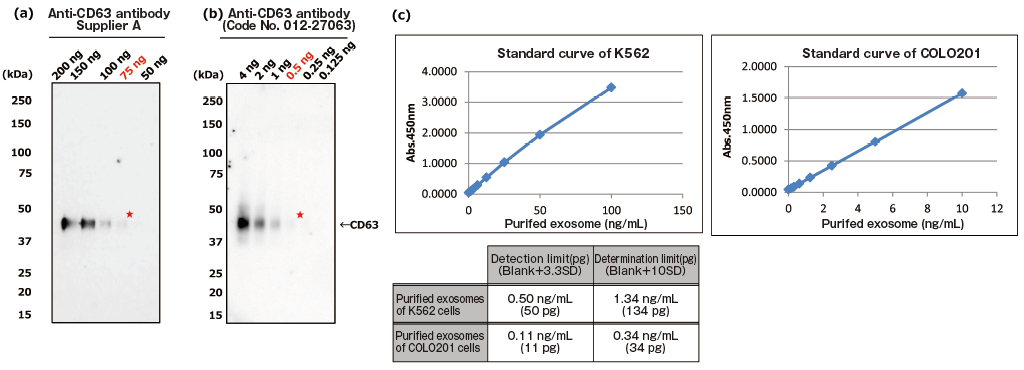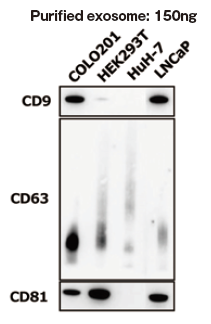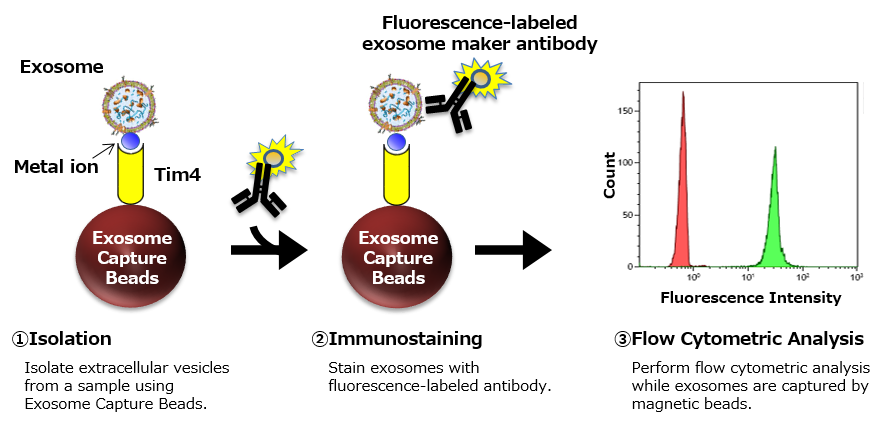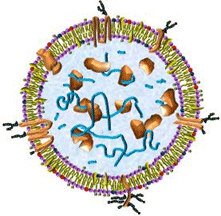EV-Save™ Extracellular Vesicle Blocking Reagent is a polymer reagent to prevent adsorbing extracellular vesicles in cell culture supernatants to laboratory tools such as tubes and pipet tips, which reduces the loss of extracellular vesicles during experiments and storage. Add into samples before ultrafiltration of cell culture supernatants, isolation and storage of extracellular vesicles.
Precautions for use
- The effect of EV-Save™ cannot be obtained when it is used for serum, plasma, or samples containing a lot of impurities.
- The product contains a polymer. Do not use EV-Save™ if the polymer may affect the experimental results in the post process.
It have been confirmed that there are no effect by EV-Save™ in the following analyses using extracellular vesicles.
- Nanoparticle Tracking Analysis
- Western blot
- ELISA
- Microarray analysis
- Cell culture



